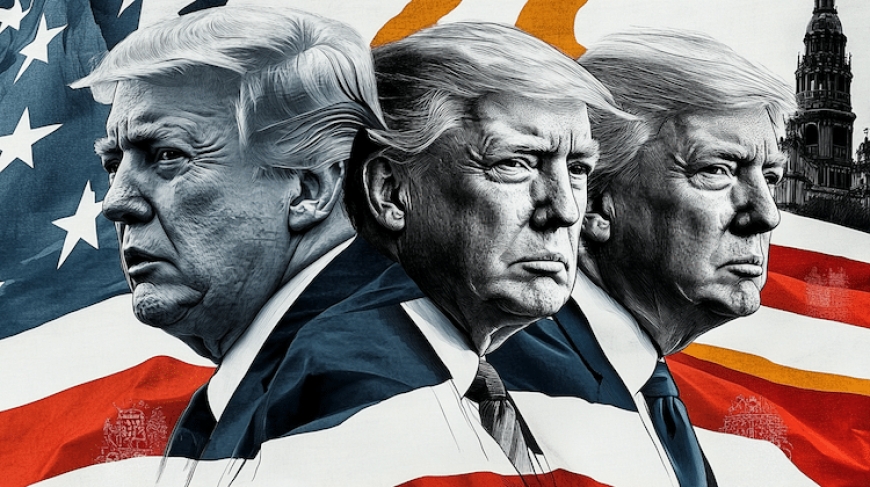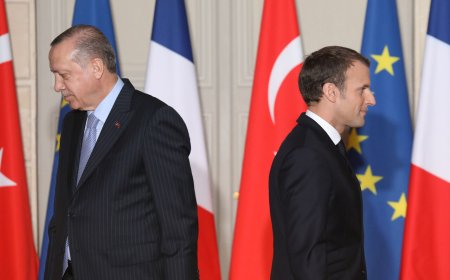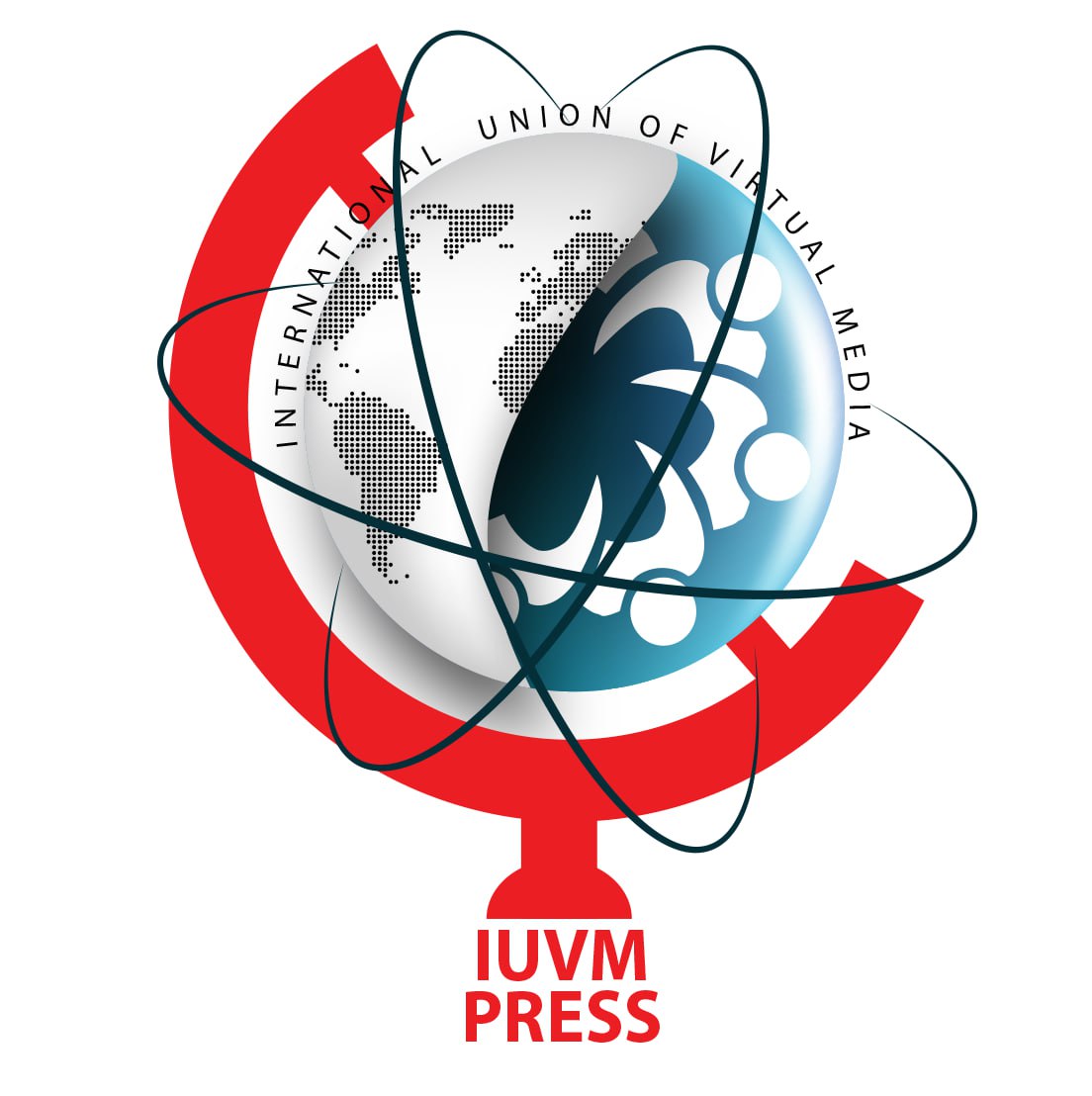The Obstacles Confronting an Anti-Trump Coalition in 2025*
As Donald Trump commences his second tenure in the White House, the opposition to his presidency seems increasingly disorganized. In contrast to his tumultuous initial term, Trump now possesses a consolidated hold on authority, flanked by loyalists who comprehend both the intricacies of governmental operations and his personal aspirations. The stakes have reached an unprecedented level; however, the reaction from his adversaries continues to be disjointed and ambiguous.

As Donald Trump commences his second tenure in the White House, the opposition to his presidency seems increasingly disorganized. In contrast to his tumultuous initial term, Trump now possesses a consolidated hold on authority, flanked by loyalists who comprehend both the intricacies of governmental operations and his personal aspirations. The stakes have reached an unprecedented level; however, the reaction from his adversaries continues to be disjointed and ambiguous.
Donald Trump's anticipated resurgence to power in 2025 exhibits significant distinctions from his initial administration. Although his initial term was characterized by internal discord, legal challenges, and a lack of experience among his team, his subsequent term has witnessed a prompt and decisive effort to eradicate opposition within the government. The Justice Department under his administration has suspended all legal actions pertaining to the January 6th insurrection, and he has granted pardons to individuals convicted in connection with the assault on Congress. Trump has also systematically supplanted independent civil servants with loyalists, thereby ensuring that government agencies conform to his interests rather than serve as independent checks on executive authority.
In contrast to 2017, when his administration faced significant legislative obstacles from congressional Republicans, the party has now completely aligned itself with Trump's vision. The Heritage Foundation's *Project 2025*, which was initially disregarded by Trump during his campaign, has evolved into a strategic framework for restructuring the federal government under his administration. With allies occupying pivotal positions, Trump has demonstrated an unparalleled capacity for swift action, ranging from the erosion of congressional authority to the implementation of extensive immigration enforcement measures and the reduction of humanitarian assistance to foreign partners.
In juxtaposition to the extensive demonstrations that ensued following Trump's inauguration in 2017, his resurgence to power has encountered comparatively minimal opposition. The Democratic Party, still grappling with the ramifications of Kamala Harris's electoral loss, is preoccupied with internal recriminations rather than galvanizing efforts to counteract Trump's policies. Concurrently, media organizations that flourished on anti-Trump sentiment throughout his initial tenure are now encountering difficulties in sustaining public interest, resulting in a decrease in political engagement.
A significant challenge confronting the anti-Trump coalition is the evolving media landscape. In contrast to 2017, when news-oriented platforms such as Facebook and Twitter significantly stimulated political activism, the prevailing social media platforms of today are predominantly characterized by a focus on individual personalities. This environment is advantageous for Trump's political brand, which flourishes on allegiance to an individual rather than on the credibility of institutions. Opposition movements that depend on factual reporting and policy-oriented discourse have encountered significant challenges in establishing a presence within this emerging digital landscape.
Notwithstanding Trump's present momentum, his administration is confronted with considerable vulnerabilities. His economic policies, characterized by persistent tax reductions benefiting the affluent, elevated tariffs, and stringent measures on immigration, are poised to precipitate economic difficulties for middle-class Americans. Furthermore, the overt corruption and flagrant disregard for democratic principles exhibited by his administration may ultimately estrange voters over time.
Foreign policy represents an additional potential crisis. Trump's antagonism towards international alliances, his threats of military intervention in Mexico, and his erratic tariff policies may contribute to the further isolation of the United States within the global arena. As his administration explores the limits of executive authority, these imprudent strategies may ultimately prove counterproductive.
For individuals endeavoring to mitigate Trump's influence, the paramount considerations will be discipline and strategic planning. Instead of participating in contentious disputes over polarizing social issues that may alienate mainstream voters, the anti-Trump coalition should concentrate on the domains in which Trump is most susceptible: corruption, economic adversity, and threats to democratic principles. Rather than engaging in internal discord, Democrats should consolidate their efforts around a cohesive message that resonates with the wider electorate.
Trump's second term has commenced with considerable vigor; however, historical precedents indicate that political momentum can change swiftly. The challenge facing his adversaries extends beyond merely opposing his agenda; they must also articulate a persuasive alternative—one that reinstates confidence in democratic institutions and galvanizes a wide-ranging coalition against authoritarianism. The subsequent chapter in American politics remains in the process of being composed, and those who oppose Trump must determine whether they will actively influence its direction or acquiesce to it.













































